Text by George Mathioudakis
Living in a town like Athens in Greece where the sea and the beach is so close to the town centre, nearly 30 minutes, in order to find ourselves walking, swimming or even catching the sunlight 365 days of the year is as easy as a blink of the eye. But what happens if you are a permanent residence in a town where the access to the sea is not just only difficult because there is no one close enough but also the working paces are so binding and strong which they don’t leave you time to book a trip in a hotter place. The solution to that problem which tend to become a trend the last years are the Urban Beaches. The popularity of urban beaches has increased in the early 21st century as the concept has been championed by urban planners, landscape architects and local authorities and municipalities.
An urban beach, or city beach and sometimes beach club, is defined by urban planners and landscape architects as an artificially created environment in an urban setting that simulates a public beach-front through the use of sand, umbrellas and seating elements. It does not include swimming or any sort of natural sloping shoreline into the water and that’s because it is not a natural beach that happens to be in an urban area. The very point of the urban beach is to surprise and delight city residents, workers and tourists by inserting a beach atmosphere into an urban area that would otherwise be typical cityscape.
There are many variations of urban beaches. Urban beaches are often found along waterfronts in order to emphasize the inextricable connection with the water and to yield ethyl the whole experience. The beach may be a seasonal installation over a roadway or parking lot, or it may be permanent. It is not necessarily public land though it is always open to the general public. As river or ocean swimming is not possible, many urban beaches include water features for cooling off. Some urban beaches feature entertainment and food and beverage areas. A few include sports facilities such as beach volleyball.
Most urban beaches are designed to appeal to a general population, from families to young singles to older citizens. Despite the absence of swimming, swimwear is commonly seen alongside the more usual attire seen in major urban centers.
One of the latest and exciting examples is the “Sugar Beach” in Toronto and has been designed by Claude Cormier Landscape Architects and it is the second urban beach for Toronto’s Waterfront. Built on the space of an old parking lot is offering a new experience and transforms the old industrial waterfront in a new place to be which offers a different journey away form the concrete and stone buildings but so close to the city centre. Claude Cormier and Associates wanted to bring in a way to life the painting of Georges Seurat “Les Baigneurs à Asnières” (1884), where people are enjoying the sun and the water in an urban park.
The “Sugar Beach”, completed in 2010 and is part of a series of projects related to the waterfront, works first of all as a tribute and a revive of the history of the place, as it used to be sugar factory’s logistics area and it is operating nowdays few meters away under the name Redpath Sugar Factory producing pink and striped candies. The 8,500m² park consists of three important components : First of all an urban beach full of pink permanent umbrellas as the idea and the inspiration derived from the smell of sugar and the pink stripe candies which are produced in the factory. Continuously the visitor will find a plaza space which has been carefully designed in order not to be bulk and with strong urban materials and to bind perfectly the new landscape. At last the project is completed with tree-lined promenade running diagonally through the park with a playful water feature in the shape of the national Canadian maple leaf made from black granite rock. A large candy-striped rock outcropping and the three grass mounds gives also the opportunity to the visitors not to limit their activities during the summer time but also through the year even when the cold and the snow are dominating.
Analyzing the project from all the aspects, we have to admit that the design adopts some of the most enduring elements from the Canadian emerging landscape, the urban horizon and the city’s past industrial land-use in order to blend them perfectly and to transform the waterfront in a future promenade with a chain of activities through the four seasons of the year.
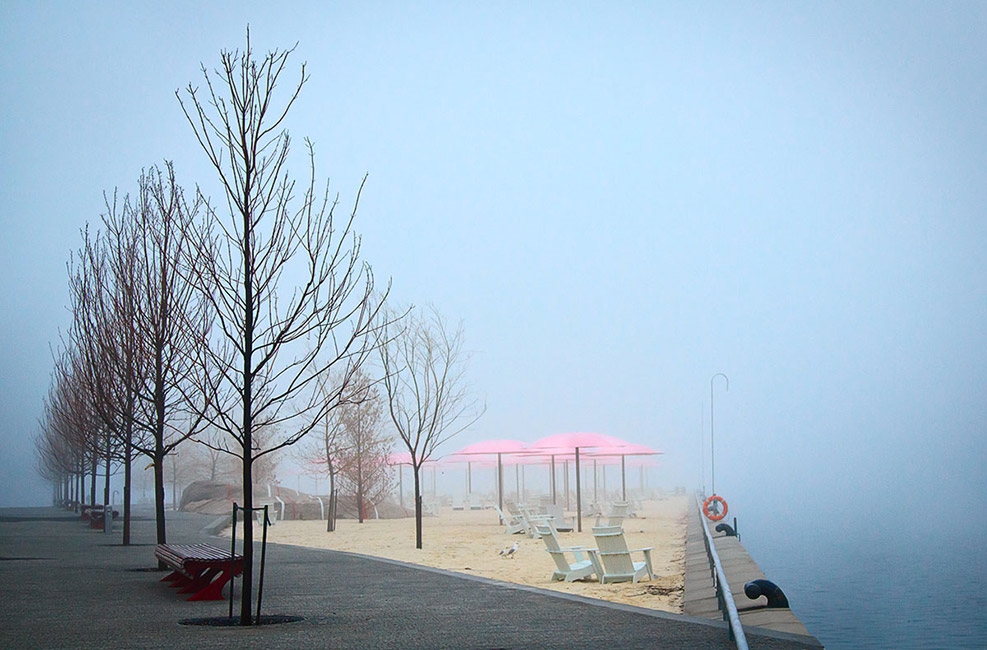 SUGAR BEACH BY CLAUDE CORMIER+ASSOCIATES_EARLY MORNING WINTER WALK
SUGAR BEACH BY CLAUDE CORMIER+ASSOCIATES_EARLY MORNING WINTER WALK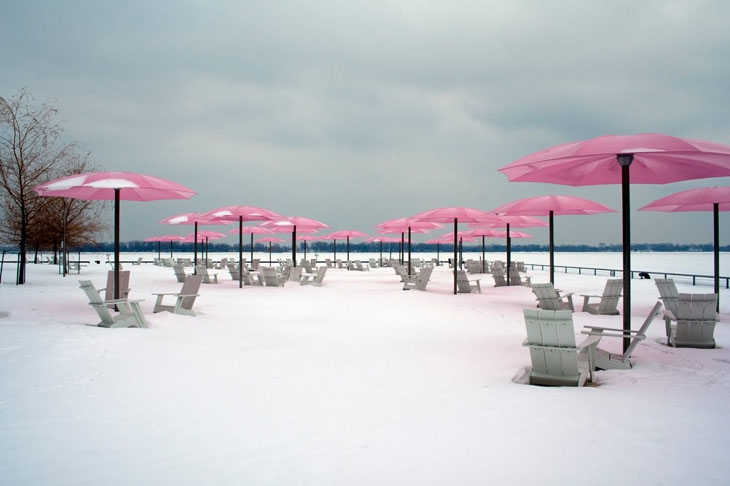 SUGAR BEACH BY CLAUDE CORMIER+ASSOCIATES_MASTERPLAN_SNOWY BEACH
SUGAR BEACH BY CLAUDE CORMIER+ASSOCIATES_MASTERPLAN_SNOWY BEACH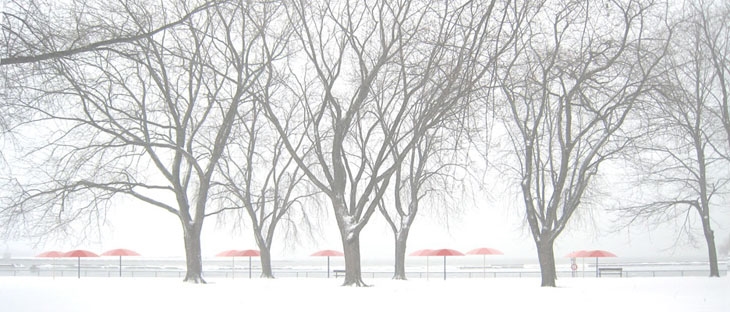 SUGAR BEACH BY CLAUDE CORMIER+ASSOCIATES_MASTERPLAN_SNOW AND FOG DURING THE WINTER
SUGAR BEACH BY CLAUDE CORMIER+ASSOCIATES_MASTERPLAN_SNOW AND FOG DURING THE WINTER 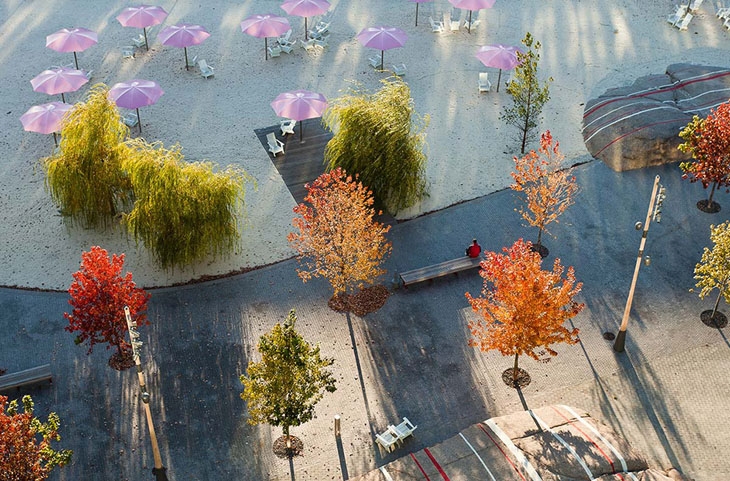 SUGAR BEACH BY CLAUDE CORMIER+ASSOCIATES_AUTUMN
SUGAR BEACH BY CLAUDE CORMIER+ASSOCIATES_AUTUMN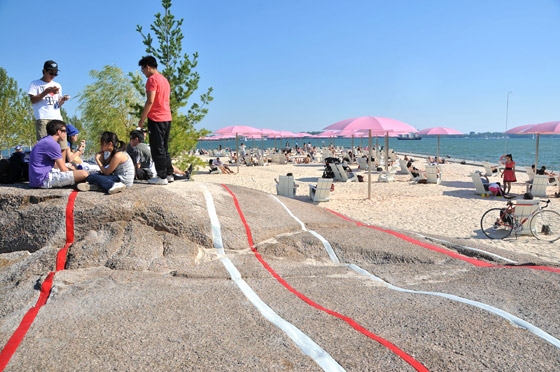 SUGAR BEACH BY CLAUDE CORMIER+ASSOCIATES_TEENAGE GATHERING ON ONE OF THE BEDROCK ALIKE CANDIES
SUGAR BEACH BY CLAUDE CORMIER+ASSOCIATES_TEENAGE GATHERING ON ONE OF THE BEDROCK ALIKE CANDIES SUGAR BEACH BY CLAUDE CORMIER+ASSOCIATES_THE MAPLE LEAF FOUNTAIN WORKS PERFECTLY AS A COOLING AREA ESPECIALLY FOR KIDS
SUGAR BEACH BY CLAUDE CORMIER+ASSOCIATES_THE MAPLE LEAF FOUNTAIN WORKS PERFECTLY AS A COOLING AREA ESPECIALLY FOR KIDS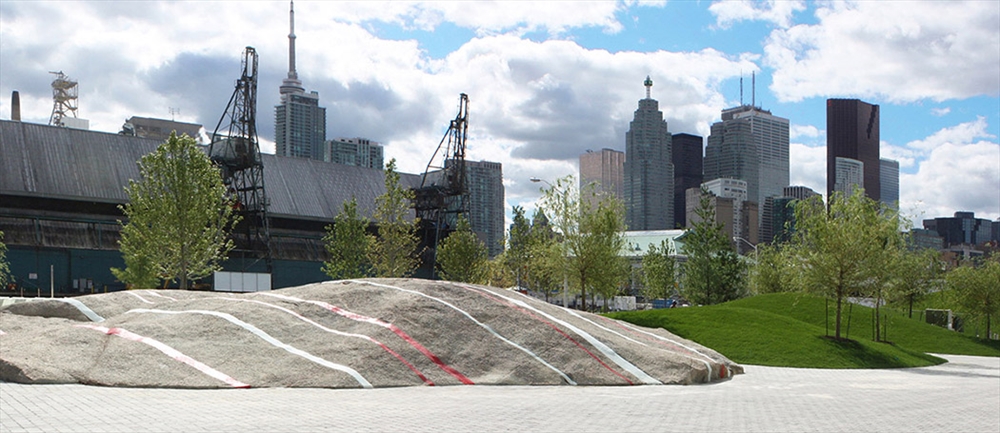 SUGAR BEACH BY CLAUDE CORMIER+ASSOCIATES_ONE OF THE BEDROCKS MERGES PERFECTLY WITH THE URBAN BACKGROUND
SUGAR BEACH BY CLAUDE CORMIER+ASSOCIATES_ONE OF THE BEDROCKS MERGES PERFECTLY WITH THE URBAN BACKGROUND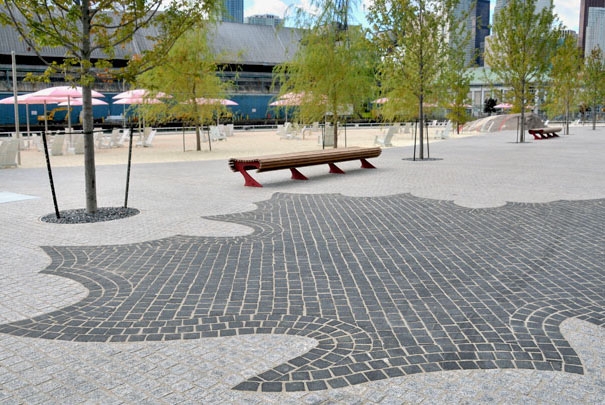 SUGAR BEACH BY CLAUDE CORMIER+ASSOCIATES_THE ICONIC MAPLE LEAF ON THE HARDSCAPE
SUGAR BEACH BY CLAUDE CORMIER+ASSOCIATES_THE ICONIC MAPLE LEAF ON THE HARDSCAPE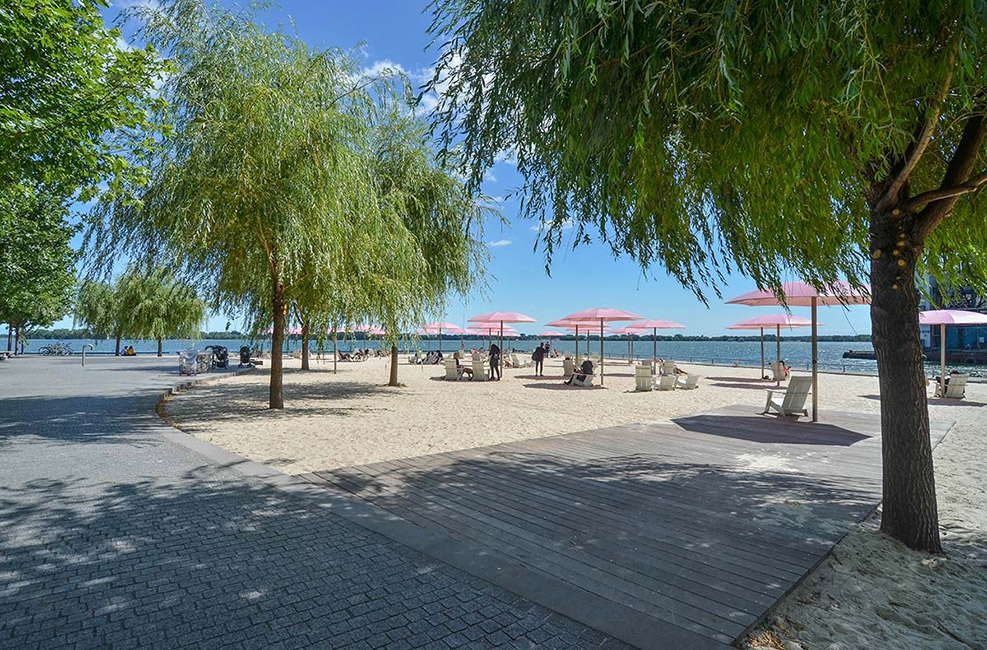 SUGAR BEACH BY CLAUDE CORMIER+ASSOCIATES_THE WAY LEADING TO THE BEACH
SUGAR BEACH BY CLAUDE CORMIER+ASSOCIATES_THE WAY LEADING TO THE BEACH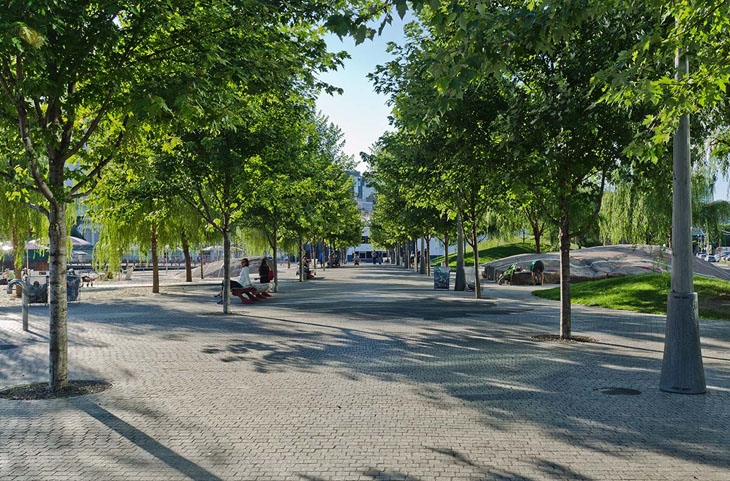 SUGAR BEACH BY CLAUDE CORMIER_WALKING THROUGH THE PROMENADE
SUGAR BEACH BY CLAUDE CORMIER_WALKING THROUGH THE PROMENADE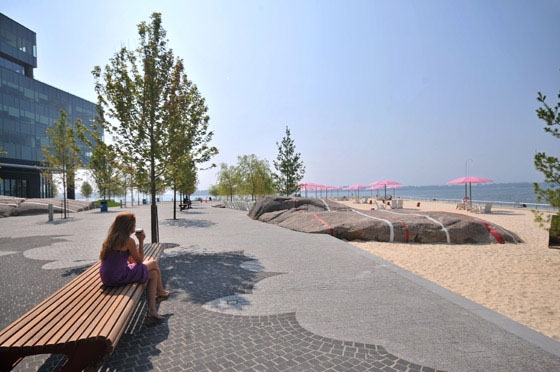 SUGAR BEACH BY CLAUDE CORMIER_SEATING
SUGAR BEACH BY CLAUDE CORMIER_SEATING 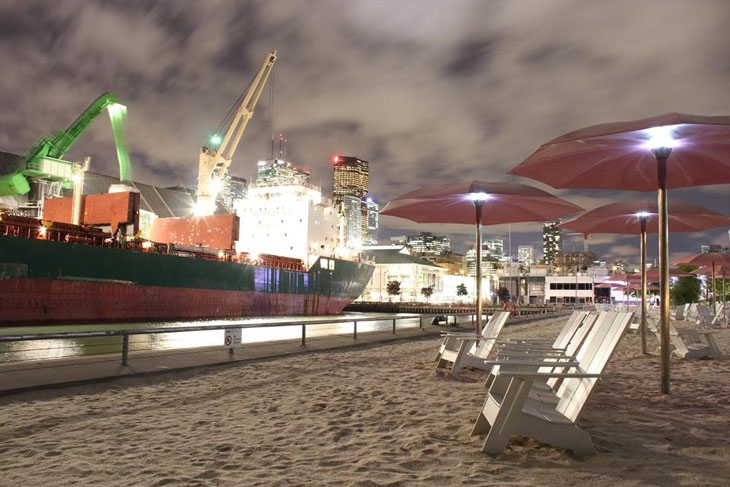 SUGAR BEACH BY CLAUDE CORMIER+ASSOCIATES_NIGHT URBANSCAPE
SUGAR BEACH BY CLAUDE CORMIER+ASSOCIATES_NIGHT URBANSCAPE 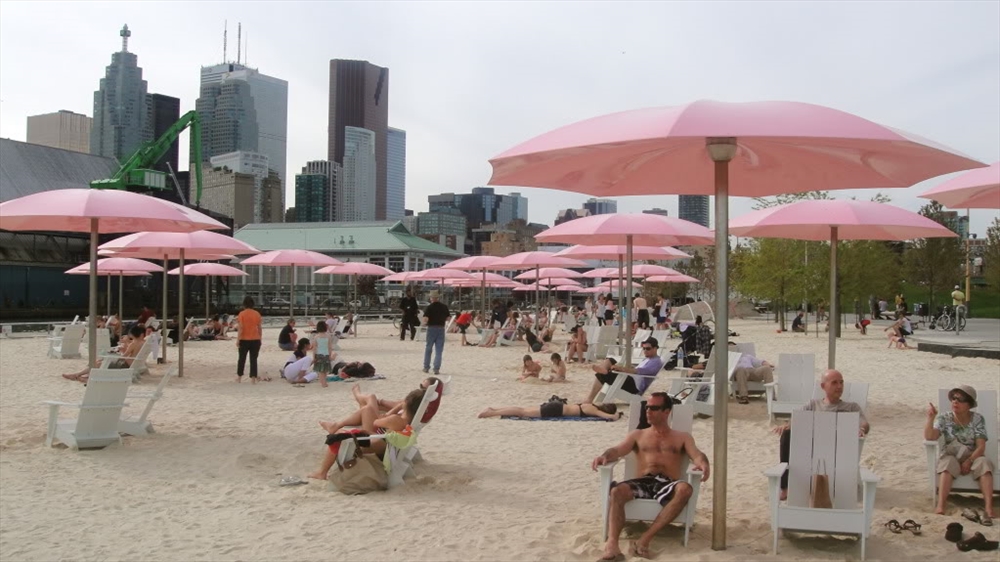 SUGAR BEACH BY CLAUDE CORMIER+ASSOCIATES_A DAY AT THE BEACH
SUGAR BEACH BY CLAUDE CORMIER+ASSOCIATES_A DAY AT THE BEACH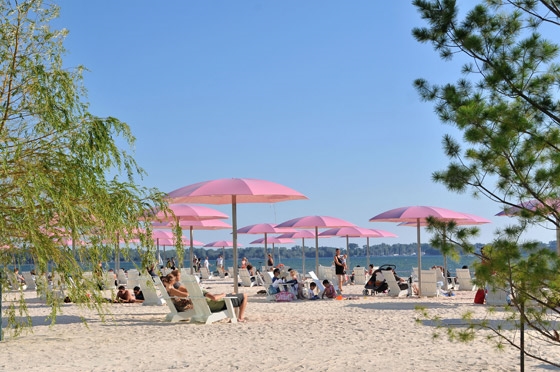 SUGAR BEACH BY CLAUDE CORMIER+ASSOCIATES_THE BEACH WITH THE PINK UMBRELLAS
SUGAR BEACH BY CLAUDE CORMIER+ASSOCIATES_THE BEACH WITH THE PINK UMBRELLAS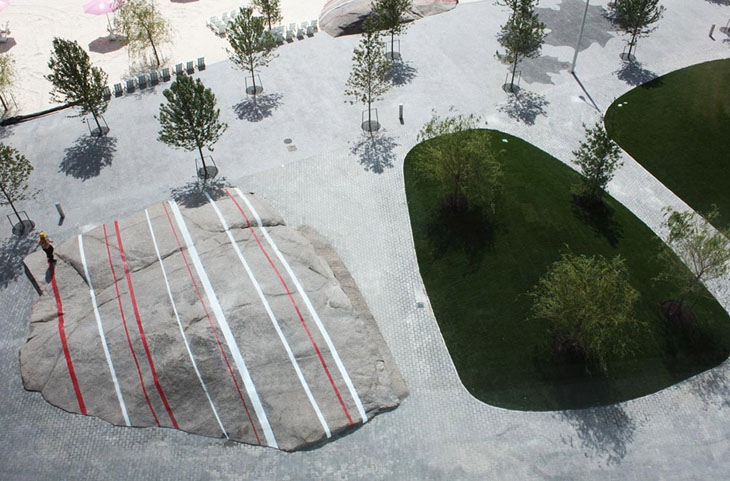 SUGAR BEACH BY CLAUDE CORMIER+ASSOCIATES_MASTERPLAN_BEDROCK AND GRASS AREAS
SUGAR BEACH BY CLAUDE CORMIER+ASSOCIATES_MASTERPLAN_BEDROCK AND GRASS AREAS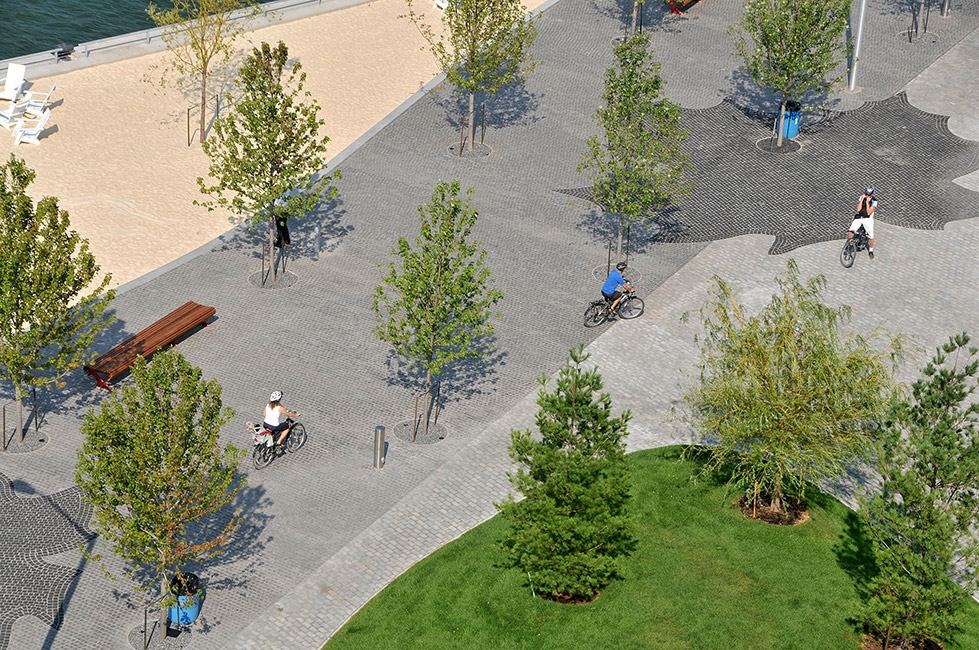 SUGAR BEACH BY CLAUDE CORMIER+ASSOCIATES_MASTERPLAN_BINDING TOGETHER SOFTSCAPE AND HARDSCAPE
SUGAR BEACH BY CLAUDE CORMIER+ASSOCIATES_MASTERPLAN_BINDING TOGETHER SOFTSCAPE AND HARDSCAPE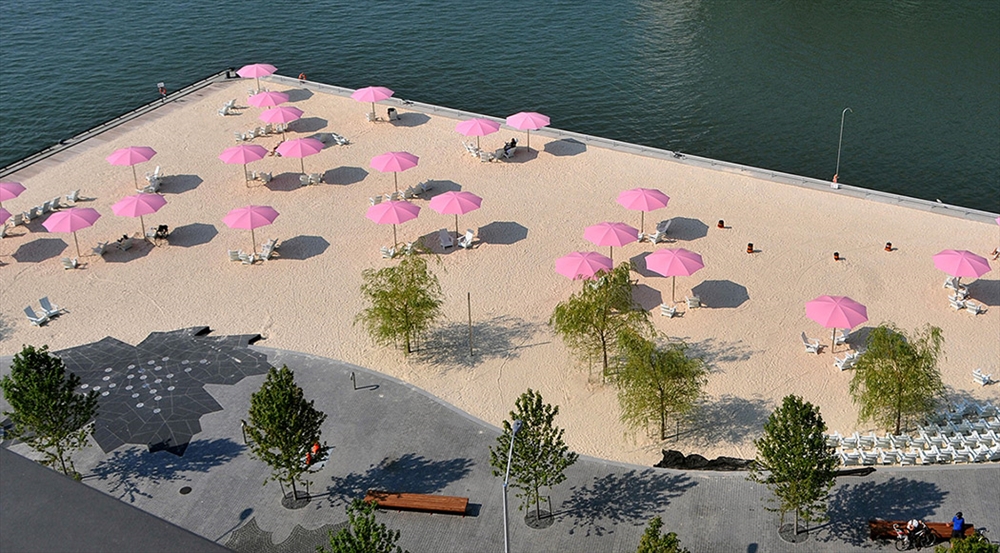 SUGAR BEACH BY CLAUDE CORMIER+ASSOCIATES_MASTERPLAN_THE BEACH
SUGAR BEACH BY CLAUDE CORMIER+ASSOCIATES_MASTERPLAN_THE BEACH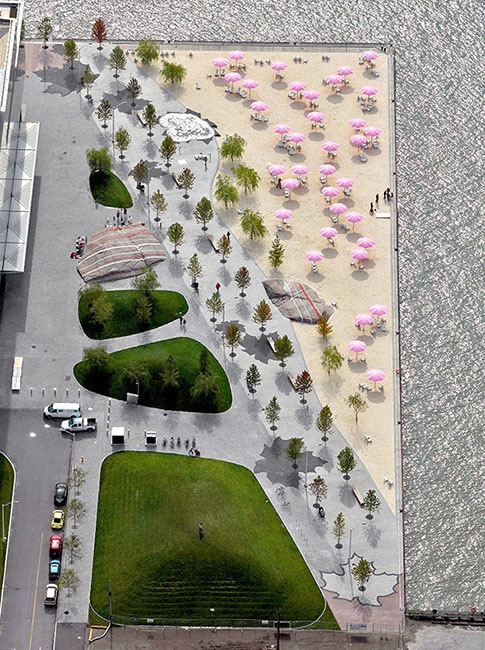 SUGAR BEACH BY CLAUDE CORMIER+ASSOCIATES_MASTERPLAN
SUGAR BEACH BY CLAUDE CORMIER+ASSOCIATES_MASTERPLAN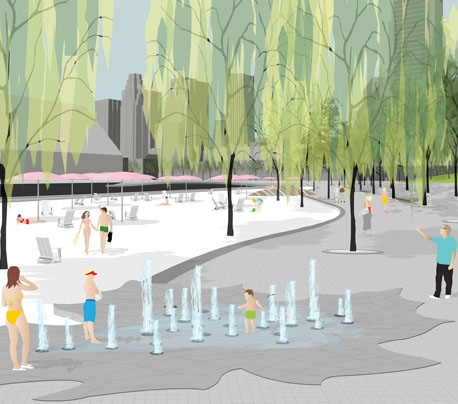 SUGAR BEACH BY CLAUDE CORMIER+ASSOCIATES_FIRST APPROACH OF THE EXPERIENCE_CATCHING THE IDEA
SUGAR BEACH BY CLAUDE CORMIER+ASSOCIATES_FIRST APPROACH OF THE EXPERIENCE_CATCHING THE IDEA SUGAR BEACH BY CLAUDE CORMIER+ASSOCIATES_FIRST APPROACH OF THE EXPERIENCE_THE IDEA AND THE INSPIRATION BEHIND THE OUTSTANDING PINK UMBRELLAS
SUGAR BEACH BY CLAUDE CORMIER+ASSOCIATES_FIRST APPROACH OF THE EXPERIENCE_THE IDEA AND THE INSPIRATION BEHIND THE OUTSTANDING PINK UMBRELLAS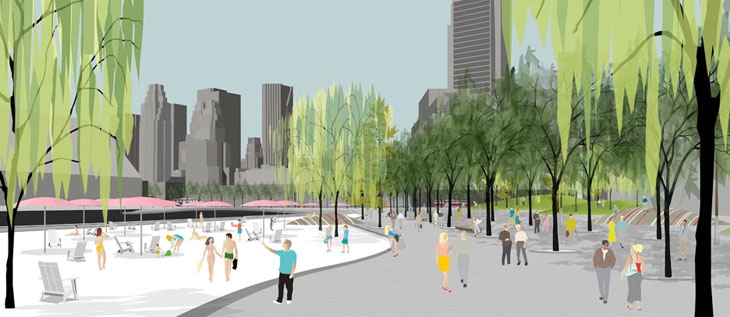 SUGAR BEACH BY CLAUDE CORMIER+ASSOCIATES_FIRST APPROACH OF THE EXPERIENCE_CATCHING THE IDEA
SUGAR BEACH BY CLAUDE CORMIER+ASSOCIATES_FIRST APPROACH OF THE EXPERIENCE_CATCHING THE IDEA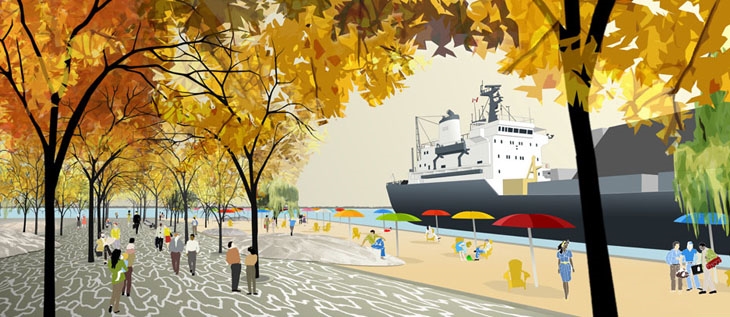 SUGAR BEACH BY CLAUDE CORMIER+ASSOCIATES_FIRST APPROACH OF THE EXPERIENCE_CATCHING THE IDEA
SUGAR BEACH BY CLAUDE CORMIER+ASSOCIATES_FIRST APPROACH OF THE EXPERIENCE_CATCHING THE IDEA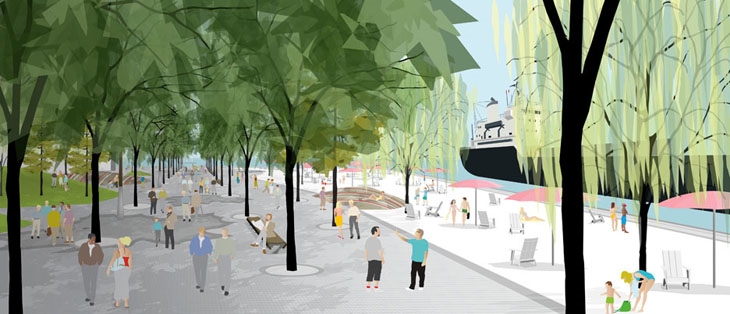 SUGAR BEACH BY CLAUDE CORMIER+ASSOCIATES_FIRST APPROACH OF THE EXPERIENCE_CATCHING THE IDEA
SUGAR BEACH BY CLAUDE CORMIER+ASSOCIATES_FIRST APPROACH OF THE EXPERIENCE_CATCHING THE IDEA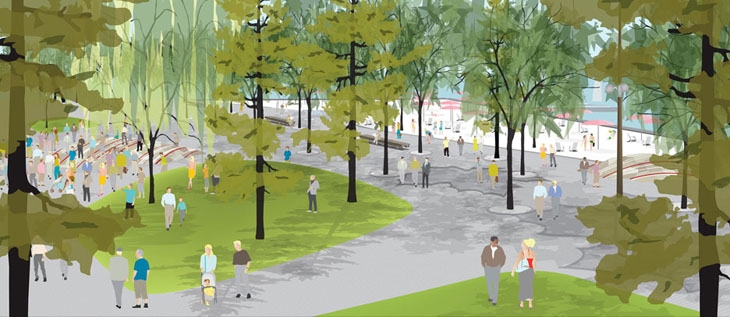 SUGAR BEACH BY CLAUDE CORMIER+ASSOCIATES_FIRST APPROACH OF THE EXPERIENCE_CATCHING THE IDEA
SUGAR BEACH BY CLAUDE CORMIER+ASSOCIATES_FIRST APPROACH OF THE EXPERIENCE_CATCHING THE IDEA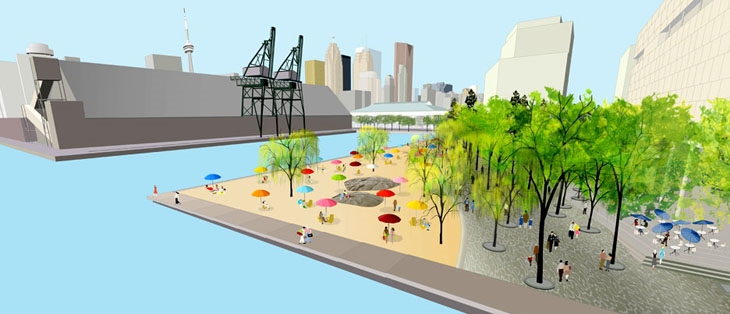 SUGAR BEACH BY CLAUDE CORMIER+ASSOCIATES_BIRD`S EYE VIEW_CATCHING THE IDEA
SUGAR BEACH BY CLAUDE CORMIER+ASSOCIATES_BIRD`S EYE VIEW_CATCHING THE IDEA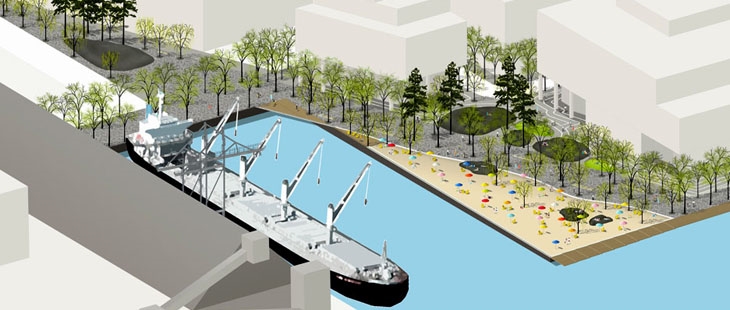 SUGAR BEACH BY CLAUDE CORMIER+ASSOCIATES_BIRD`S EYE VIEW_CATCHING THE IDEA
SUGAR BEACH BY CLAUDE CORMIER+ASSOCIATES_BIRD`S EYE VIEW_CATCHING THE IDEA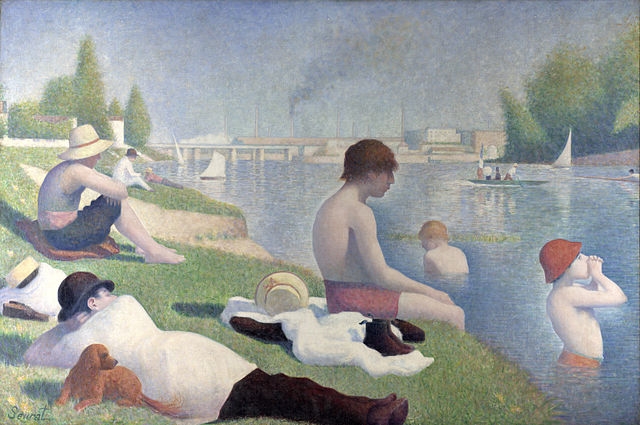 SUGAR BEACH BY CLAUDE CORMIER+ASSOCIATES_GEORGES SEURAT ?LES BAIGNEURS À ASNIÈRES?
SUGAR BEACH BY CLAUDE CORMIER+ASSOCIATES_GEORGES SEURAT ?LES BAIGNEURS À ASNIÈRES?Sugar Beach by Claude Cormier_Associates Landscape Architects + Urban Designers
READ ALSO: VIDEO / THOMAS DOXIADIS / ESW [eso ] CONFERENCE / POST ASPHALT